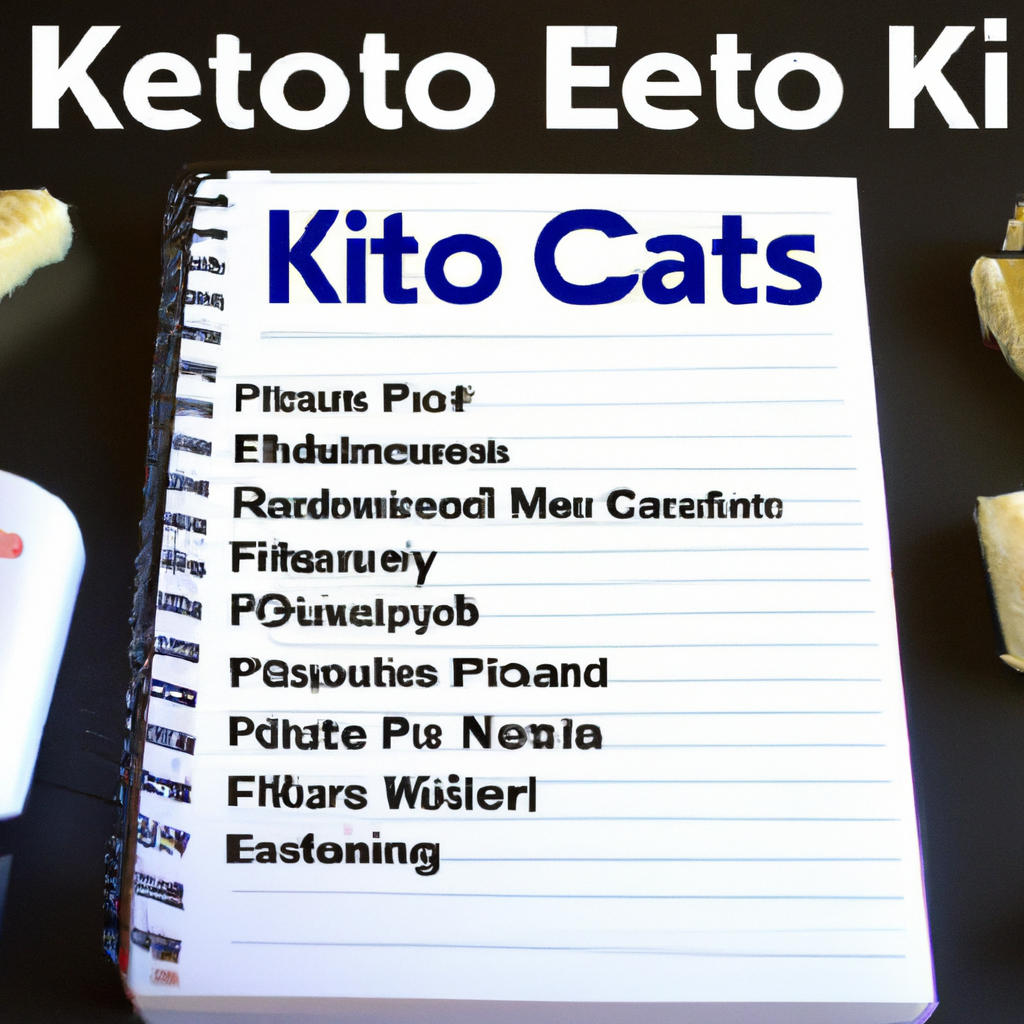How to Get Started on the Keto Diet for Maximum Weight Loss
The ketogenic diet is a high fat, low carb diet that has been seen to be beneficial for both short-term and long-term weight loss. It’s well-known for its ability to help people shed excess pounds quickly and effectively. Here’s how to get started on the keto diet for maximum weight loss:
1. Calculate Your Macros
The first step to starting the keto diet is to calculate your daily macronutrient intake. Macronutrients are the proteins, fats, and carbs you eat every day. You’ll want to aim for a ratio of approximately 70% fat, 25% protein, and 5% carbs.
2. Choose Foods Rich in Healthy Fats
Once you’ve calculated your macros, you’ll want to start eating foods that are rich in healthy fats. These fats include things like avocado, nuts, seeds, and fatty fish. You’ll also want to eliminate processed foods and opt for natural, whole foods as much as possible.
3. Increase Your Intake of Non-Starchy Vegetables
Non-starchy vegetables are an important part of the keto diet. Not only do they provide essential vitamins and minerals, they also help to increase satiety and keep cravings at bay. Some of the best choices include leafy greens, bell peppers, zucchini, and cauliflower.
4. Don’t Forget About Dairy Products
Dairy products are a great source of protein, fats, and calcium on the keto diet. Look for high-fat options such as creamy Greek yogurt and grass-fed butter. You can also get creative by using almond milk or coconut milk in your smoothies or coffee.
5. Incorporate Intermittent Fasting
Intermittent fasting is a popular dietary strategy that can help accelerate weight loss. This method involves restricting your food intake to a specific window of time each day. For example, you might set a 12-hour window between dinner and breakfast. This can help increase fat burning and boost ketone levels.
6. Track Your Progress Regularly
Finally, it’s important to track your progress while on the keto diet. This can help you identify what’s working and what’s not, so you can adjust your strategy as needed. A food journal or calorie tracking app can be a valuable tool to help you reach your weight loss goals.
Conclusion
If you’re looking to lose weight quickly and effectively, the ketogenic diet may be the answer. It’s important to have a good understanding of your macros and make sure to eat foods that are rich in healthy fats, non-starchy vegetables, and dairy products. Incorporating intermittent fasting into your routine can help maximize your weight loss results, and don’t forget to track your progress regularly. With a little work and some dedication, you’ll be well on your way to achieving the weight loss you desire.
How much protein and carbs should I consume per day on the Keto Diet?
It depends on your individual macronutrient needs, activity levels, and goals. You should aim to consume up to 75% of your daily calories from fat, 20% from protein, and 5% from carbs. However, your needs may vary depending on your weight, activity level, and personal goals.
How often should I weigh myself to measure my weight loss while on the Keto Diet?
It is generally recommended to weigh yourself once per week and/or once every two weeks. By weighing yourself at regular intervals, you can more easily spot patterns in your weight loss and make any necessary adjustments to your diet and physical activity to continue your progress. As your body becomes more accustomed to the keto diet, it is important to regularly monitor your progress so that you can make any adjustments needed for further progress.
Should I take supplements to help support the Keto Diet?
Yes, taking certain supplements to help support the Keto Diet may be beneficial. Supplements such as a multivitamin, MCT oil, electrolytes, omega-3 fatty acids, and a good probiotic may help support the Keto Diet. However, it is always important to check with a healthcare professional before taking any supplements.
How can I adjust my Keto Diet if I am not losing weight?
If you are not seeing the results you want with your keto diet, there are several adjustments you can make to potentially increase weight loss. Start by reducing your calorie intake to 1500-1800 calories a day and increasing your physical activity. Additionally, focus on nutrient-dense foods that are low in carbs and adjust the ratio of protein, fat, and carbs in your diet. Make sure to also get plenty of water, and cut back on processed foods and sugary beverages. Finally, track your calorie intake and physical activity to monitor your progress and make adjustments as needed.
What types of food should I be eating on the Keto Diet?
The Keto Diet focuses on high fat, low-carbohydrate meals. Foods to include in a Keto Diet include fatty fish, eggs, dark green leafy vegetables, nuts and seed, avocados, coconut oil, extra virgin olive oil, butter, cream, and cheese. Low-carbohydrate fruits and vegetables include berries, tomatoes, bell peppers, zucchini, leafy greens, and cauliflower. It is important to avoid processed and refined carbs like bread, pasta, and white rice.

Laisser un commentaire